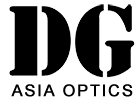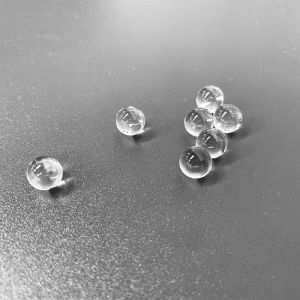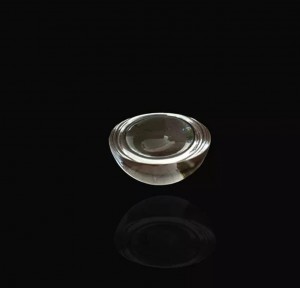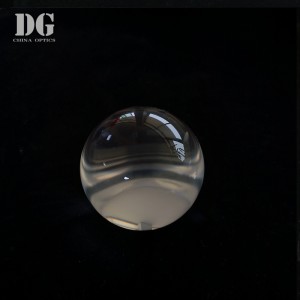Optical Bk7 Glass Diameter 1-2.5mm Polished Quartz Ball Lens
Specification
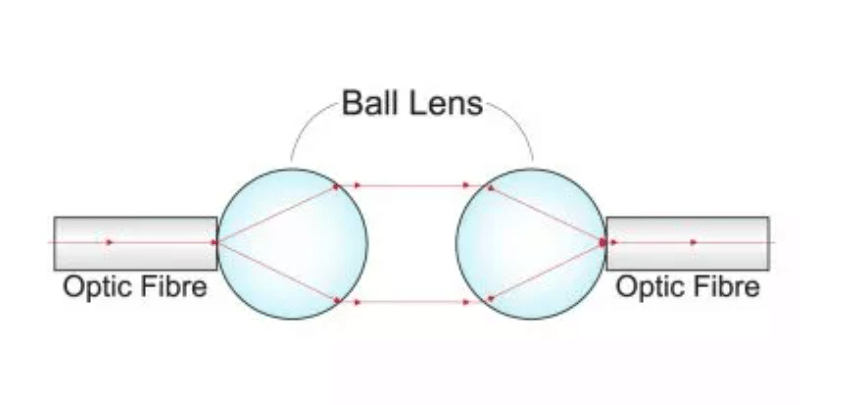
Factory Standard
Diameter: 2~50mm
Scratch & Dig: 20/10
Sphericity: 0.05mm
Surface Quality: 40-20
Diameter Tolerance: +/-0.05mm
Contact us for manufacturing limit or custom specifications.
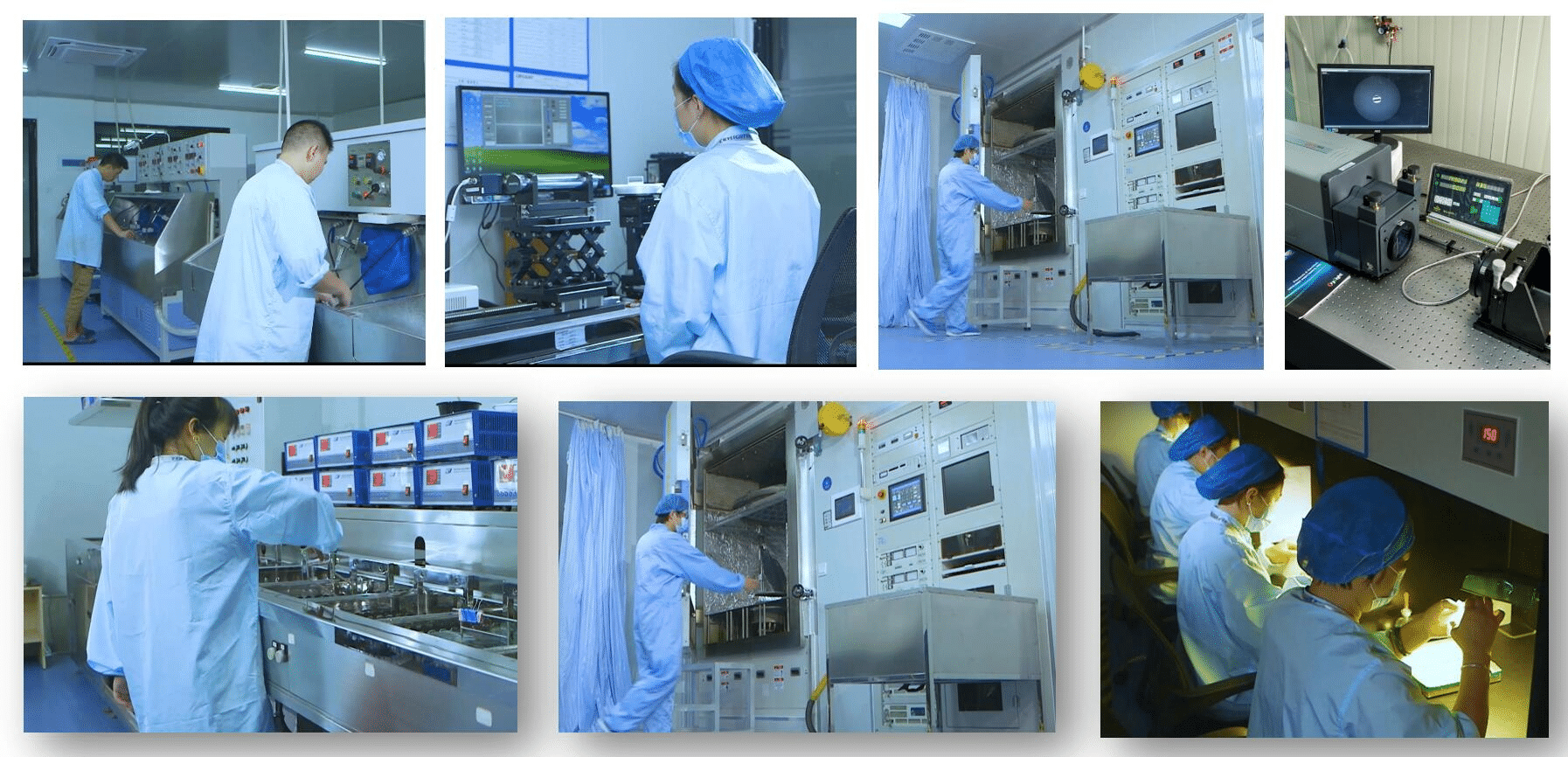
Workshop Show
Write your message here and send it to us
